Canada is planning to upgrade its current MK 46 torpedoes to MK 54 with the purchase of the kits, SAY the US Defense Security Cooperation Agency.
The agency said the upgraded torpedoes will be used on the Royal Canadian Navy’s Halifax class ships, the Royal Canadian Air Force’s CP-140 Aurora aircraft, and the CH-148 maritime helicopters.
The contract notice is displayed below:
“The State Department has made a determination approving a possible Foreign Military Sale to Canada of MK 54 lightweight torpedoes with support for an estimated cost of $387 million. The Defense Security Cooperation Agency delivered the required certification notifying Congress of this possible sale on May 16, 2019.
The Government of Canada has requested to buy four hundred twenty-five (425) MK 54 lightweight torpedo conversion kits. Also included are torpedo containers, Recoverable Exercise Torpedoes (REXTORP) with containers, Fleet Exercise Section (FES) and fuel tanks, air launch accessories for fixed wing, torpedo spare parts, training, publications, support and test equipment, U.S. Government and contractor engineering, technical, and logistics support services, and other related elements of logistics and program support. The total estimated program cost is $387 million.
Canada intends to upgrade its current inventory of MK 46 torpedoes to the MK 54 with the purchase of these kits. The MK 54 torpedo is designed to be easily upgraded from the existing MK 46 torpedo. Canada plans to utilize MK 54 Lightweight Torpedoes on its Royal Canadian Navy’s Halifax class ships, the Royal Canadian Air Force’s CP-140 Aurora Aircraft, and the CH-148 Maritime Helicopters. Canada will have no difficulty absorbing this equipment into its armed forces.
The principal contractor for the MK 54 Torpedo is Raytheon Integrated Defense Systems, Portsmouth, Rhode Island. The Government of Canada is expected to negotiate an offset agreement with Raytheon, in accordance with Canada’s Industrial and Technological Benefits (ITB) Policy, before signing the Letter of Offer and Acceptance (LOA).”


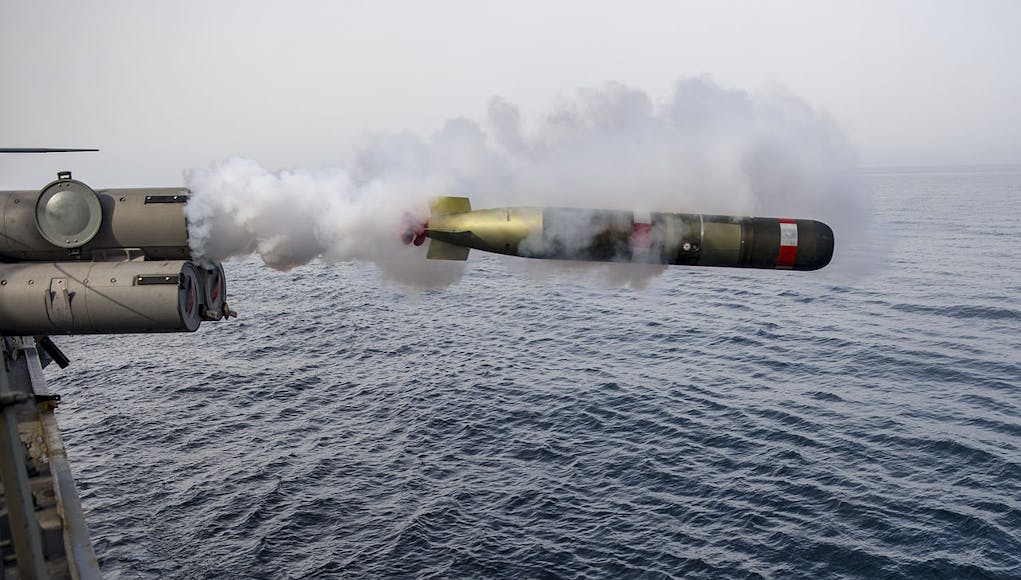
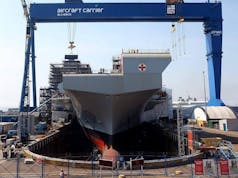
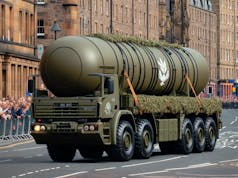
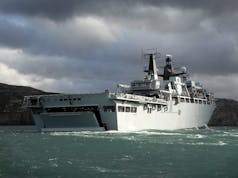
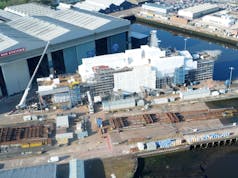
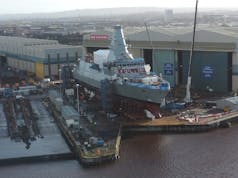

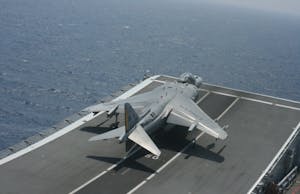









They are still fitted to the T23!
I have discussed STWS with serving RN bods. Their consensus from my very limited sample is that they are not needed and are yesterday’s weapon. Yet everybody else seems to think them worthwhile.
I guess we will only find out in a real conflict. It’s one of those weapons that common sense says fired direct from surface warships they really should be totally outclassed by other more modern options, but in warfare that sort of logic often breaks down. Strikes me as a sort of Fairey Swordfish argument all logic says practically useless but in reality quite effective almost because of their limitations but only in particular scenarios. But then such exceptions are quite rare too when put to the test. Trying to contemplate if any scenario would be better than using your… Read more »
Yes. I just think it is another of those instances where the RN thinks itself oh so clever and the rest of the world seems to go another way.
What about when you’re operating in the North Atlantic when a storm hits you, oh and you’ve just detected a suspicious noise on your towed array. Bugger, can’t launch the helo, no STWS…Umm…
Ahhh…that picture takes me back. 1980s vintage stws tubes launching a 1960s vintage torpedo. Look at the picture and notice the details. No drogue shoot on launch from the tube so that the nearly 280kg torpedo will plunge deep even if the target is near the surface. Contra-rotating props that are not cowled so no pump jet effect, less efficient and slower speed. Control surfaces that are in front of the props not aft of the props. If they are aft and work in the pump jet wake the torpedo is far more manoeuvrable. Mid body otto fuel engine and… Read more »
Fascinating commentary. Thanks Gunbuster.
I am hoping only as interim solution, as its already cleared on the P8 Poseidon. The Sting Ray was used by Nimrod, so in theory should be usable by the P8.